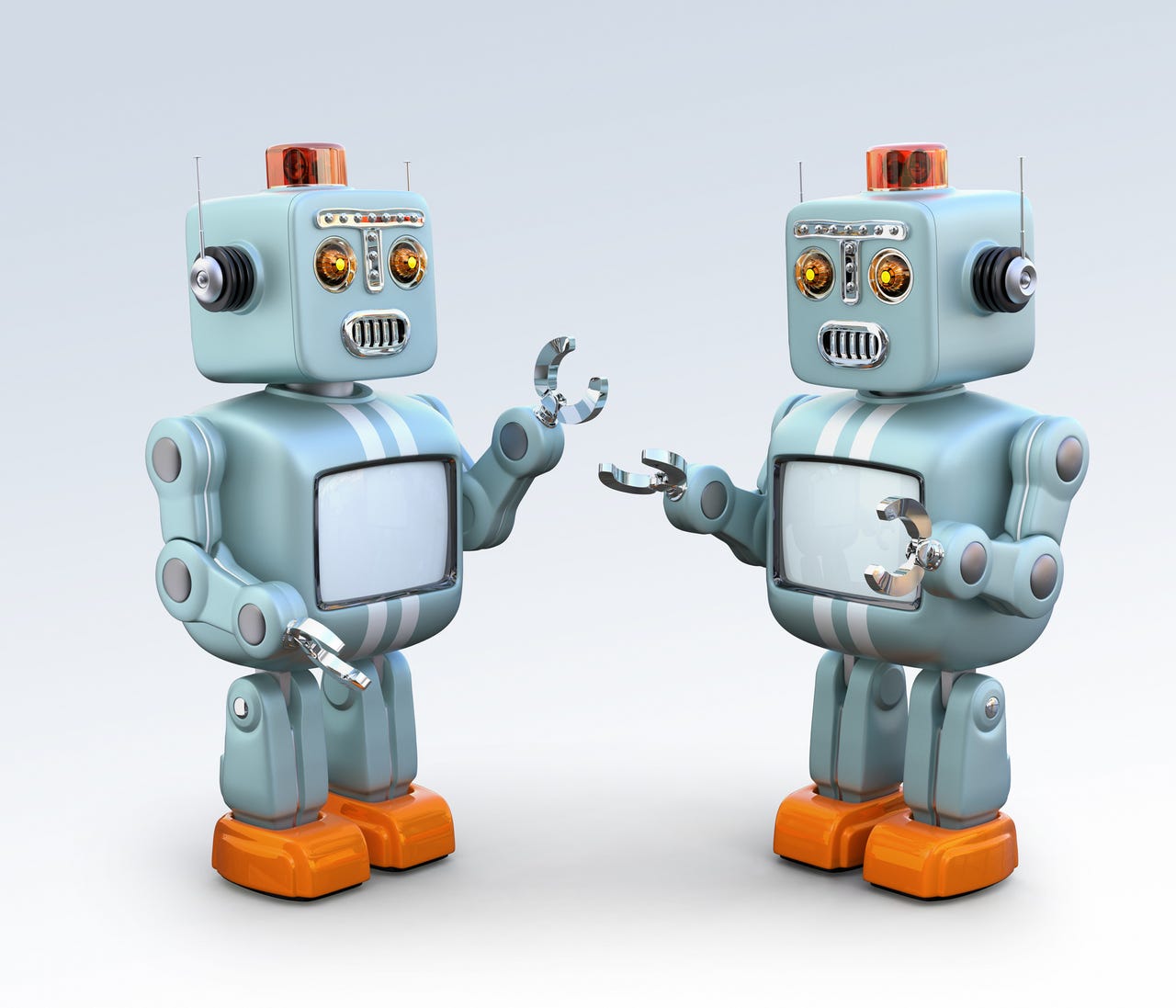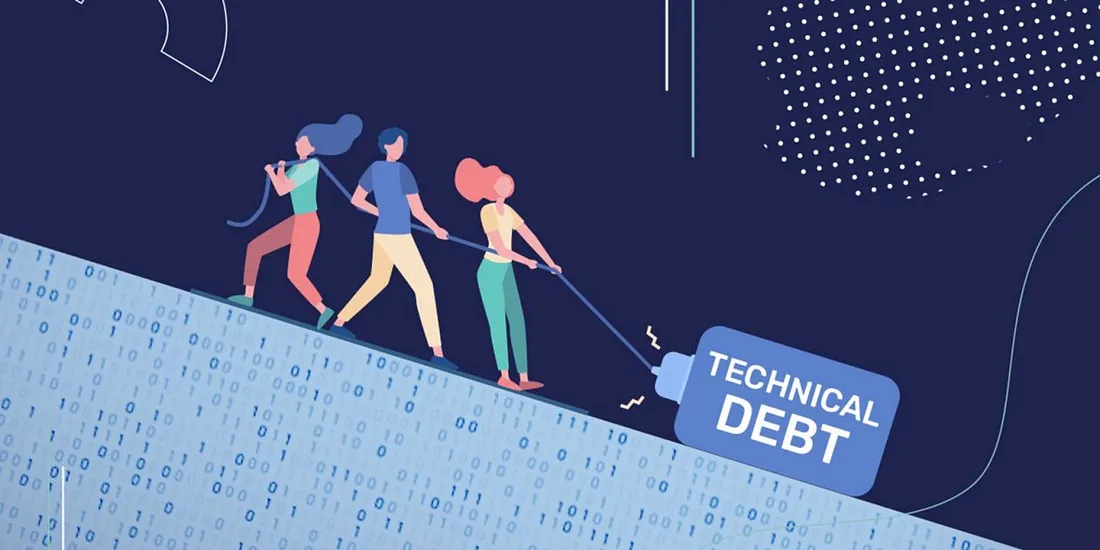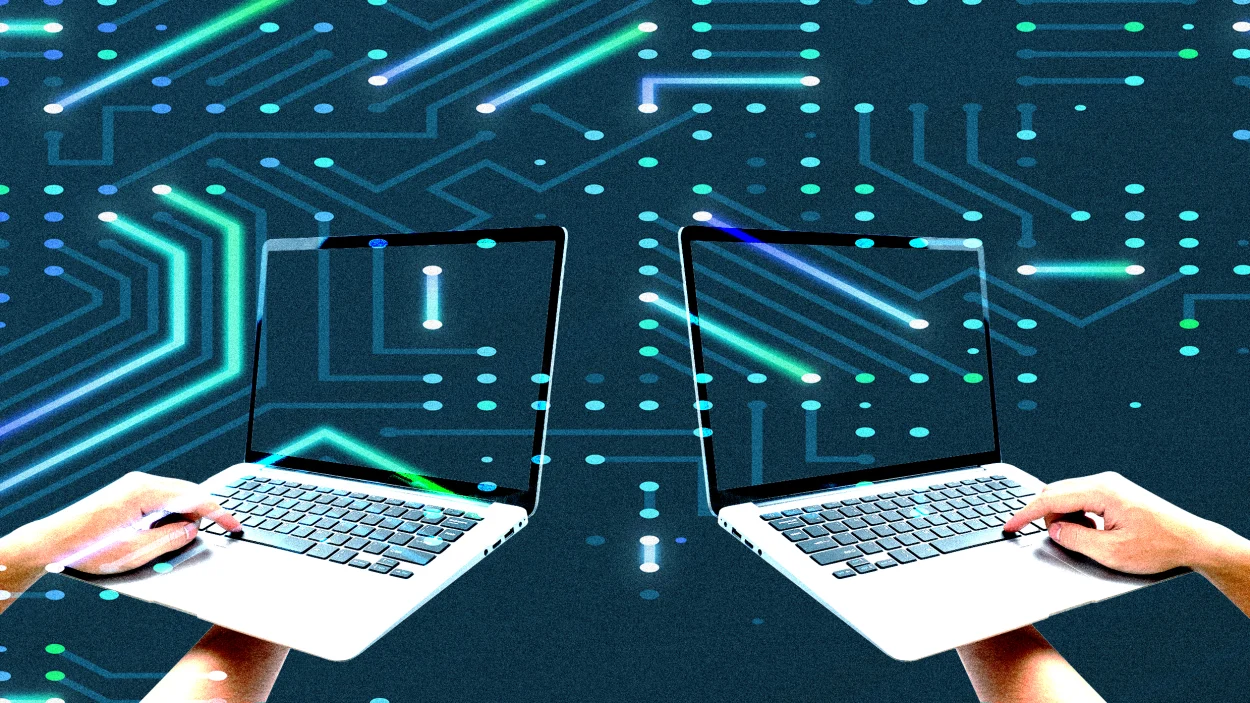AI’s Role In Payments 3.0: Balancing Innovation With Responsibility

At the core of the responsible use of AI is protecting individuals and their
data. After all, one of the most personal things to people is their financial
information. It’s critical for businesses to work with data experts who know
how to keep customers’ private information safe while appropriately using
payment data to enable personalized service. ... One of AI’s greatest
advantages is its ability to scan and analyze large amounts of data and
suggest or implement improved experiences related to payments. One could argue
that AI might be able to handle these tasks better than humans, not only
because it can do so quickly, but because it eliminates the biases humans can
impose. However, is that true in practice? Unfortunately, not always.
Responsible AI depends upon first choosing the most accurate, audited and
unbiased data sources available. Then it must use a system of audits during
the development and implementation of the machine learning model—and
frequently thereafter—to detect and correct for inappropriate biased
decision-making. Another compelling reason to weed out AI bias is compliance.
Decoding Kafka: Why It’s Worth the Complexity

First off, learning Kafka requires time and dedication. Newcomers might take a
few days or weeks to grasp the basics and months to master advanced features
and concepts. In addition, you need to constantly monitor and learn from the
cluster’s performance as well as keep up with Kafka’s evolution and new
features being released. Setting up your Kafka deployment can be challenging,
expensive and time-consuming. This process can take anywhere between a few
days and a few weeks, depending on the scale and the specifics of the setup.
You may even decide that a dedicated platform team will need to be created
specifically to manage Kafka. ... Kafka is more than a simple message broker.
It offers additional capabilities like stream processing, durability, flexible
messaging semantics and better scalability and performance than traditional
brokers. While its superior characteristics increase complexity, the trade-off
seems justified. Otherwise, why would numerous companies worldwide use
Kafka?
The Tech Gold Rush Is Over. The Search for the Next Gold Rush Is On

The tech industry will probably shrink, too. It will still be an important part
of the economy, but employing fewer people and offering more normal returns. Now
the question is where young people seeking wealth will turn next. From the Age
of Discovery to the actual California Gold Rush to Snapchat, it is human nature
to chase fortune where you can. It is a large part of what moves an economy
forward. But these modern settings for this quest — the finance industry and the
tech industry — are unusual in that they attracted many people who expected to
get rich even if they lacked two things normally associated with extreme wealth
creation: creating lots of value for the economy, and taking smart risks. The
fact that anyone thinks things should be different is simply the result of the
historically low interest rates of the last few decades, which helped make
capital incredibly cheap. The price of capital is the price of risk, and if it
is effectively zero, then it stands to reason that easy fortunes can be made
risk-free.
To Improve Cyber Defenses, Practice for Disaster
The primary challenge organizations face when executing crisis simulations is
determining the right level of difficulty, says Tanner Howell, director of
solutions engineering at RangeForce. "With threat actors ranging from script
kiddies to nation-states, it's vital to strike a balance of difficulty and
relevance," he says. "If the simulation is too simple, it won't effectively
test the playbooks. Too difficult, and team engagement may decrease." Walters
says organizations should expand simulations beyond technical aspects to
include regulatory compliance, public relations strategies, customer
communications, and other critical areas. "These measures will help ensure
that crisis simulations are comprehensive and better prepare the organization
for a wide range of cybersecurity scenarios," he notes. Taavi Must, CEO of
RangeForce, says organizations can implement some key best practices to
improve team collaboration, readiness, and defensive posture. "Managers can
perform business analysis to identify the most applicable threats to the
organization," he says. "This allows teams to focus their already precious
time around what matters most to them."
Going All-in With Evergreen Cloud Adoption Brings Its Own Challenges

An evergreen IT strategy on the other hand, keeps a cloud-based system online
throughout to allow businesses to conduct smaller, more regular updates either
weekly, biweekly, or monthly. These can be planned at optimum times to avoid
downtime, support business continuity, and mitigate against lost profits.
Disruption during transformation is always a risk, so incremental changes also
mean pockets of disruption can be easier to isolate and resolve. An MSP expert
has the time and knowledge necessary to craft a bespoke strategy for
transformation, which builds-in operational resilience and offsets potential
downtime. For instance, round-the-clock help desks mean businesses can access
support and advice whenever they need it, to allow the fastest resolution of
problems during the onboarding process. ... MSPs don’t just offer support
during implementation, they have a wealth of systems knowledge that businesses
can exploit to assist with automation updates, faults, and internal process
reviews. For industries such as the manufacturing sector, downtime can account
for 5% – 20% of working time, with lost productivity costing up to £180
billion a year.
Ongoing supply chain disruption continues to take its toll
Firstly, there appears to have been little sign of easing on some supply
chains, with 86 percent of respondents stating that they had experienced
supply chain volatility over the past year, slightly down on the same level
who reported the same in winter 2022 but similar to the levels who reported
the same one year ago. Once again, the professionals responsible for
delivering new data center facilities to the market have been significantly
impacted by the volatility in the supply chain. Our survey of
developer/investor respondents revealed that some 91 percent of them confirmed
being significantly affected. This figure represents an increase from the 82
percent reported six months ago and 83 percent recorded a year ago. Notably,
among our DEC stakeholders, the impact was more pronounced, with 93 percent
expressing their strong agreement, compared to 70 percent in Q4 2022. Amongst
our service providers, there is still a high level of agreement regarding this
disruption albeit with some marginal easing; 92 percent stated that they had
experienced such supply chain problems, down from 97 percent reported six
months ago.
What Does a Data Scientist Do?

As the field of Data Science continues to evolve, so too does its potential to
transform industries and revolutionize decision-making processes. While
descriptive and predictive analytics have long been utilized to gain insights
from historical data and make informed predictions about future outcomes, the
current emphasis is on prescriptive analytics. Prescriptive analytics
takes data analysis to a whole new level by not only providing insights into
what might happen but also offering recommendations on how to make it happen.
By leveraging advanced algorithms, machine learning techniques, and artificial
intelligence, data scientists can now go beyond simply understanding patterns
and trends. They can provide actionable suggestions that optimize
decision-making processes. The impact of prescriptive analytics is
far-reaching across numerous sectors. For example, in healthcare, it can help
physicians determine personalized treatment plans based on patient data. In
supply chain management, it can optimize inventory levels and streamline
logistics operations. In finance, it can assist with risk management
strategies.
From automated to autonomous, will the real robots please stand up?

Today's robots, despite not being as versatile as Mr. Data, are generally
quite useful and functional. These include industrial robots, medical robots,
military and defense robots, domestic robots, entertainment robots, space
exploration and maintenance robots, agricultural robots, retail robots,
underwater robots, and telepresence robots that help people participate in an
activity from a distance. My personal interest has been focused on robots
available and accessible to makers and hobbyists, robots that can empower
individuals to build, design, and prototype projects previously only feasible
by those with a shop full of fabrication machinery. I'm talking about 3D
printers, which build up objects from layers of molten plastic; CNC devices,
which often cut, carve, and remove wood or metal to create objects; laser
cutters, which are ideal for sign cutting, engraving, and fabricating very
detailed parts and circuit boards; and even vinyl cutters, for carefully
cutting light, flexible material in intricate patterns. These machines are
programmed using CAD software to define -- aka, design -- the object being
built.
The Misleading Use of the ‘Technical Debt’ expression

The good software is the one that makes users happy and has the capacity to be
improved when necessary. However some tech debts emerge from this need to
evolve the product. I believe when the software does a good job in solving
some problem, it probably needs to scale — as more people would use it, more
features would be necessary and so on. When that happens, some characteristics
of your software will need to change and something that usually works just
fine will become a debt — If you don’t care about it soon enough — your great
software will be called a legacy one. Software and its architecture should be
evolutive. It’s important to map tech opportunities because it can become a
technical debt in future but we don’t need to apply all immediately if it
doesn’t fit the current scenario. I’ve seen many managers saying ‘From now on
let’s never do a feature with debts’ — that’s for me a very incomprehension of
the reality in software development. You will need to make debts to achieve
the delivery time and have success in software and your business, but also
debts will always emerge from a change of scenario of your product.
What is a digital twin? And why is everyone suddenly building one?

Digital twins of vehicles, factories, and cities already exist, but could
there ever be a digital twin of you? It’s very possible, especially as health
technology, biosensors, and AI’s predictive ability improves. It’s easy to
envision a day when every person has a digital health twin that mirrors our
physical and genetic makeup and lifestyle, a doppelgänger we can feed
hypothetical inputs to and see what effects they may have on our bodies. For
example, a digital health twin could show us how adhering to a vegetarian diet
would impact our specific body over the next 20 years. Or our digital health
twin might be able to reveal the effect that physical stresses on our body
will have as we continue to age—what another 10 years of sitting at our desk
at work will do to our spine, for example. A digital twin may even be able to
show us which treatment option for a disease is better for us by revealing how
our unique body would react if we chose to undertake one treatment plan
instead of another, say medication versus surgery. All this sounds
far-fetched, but the digital twinning of organs and entire bodies is already
well underway in the healthcare industry.
Quote for the day:
“Failure defeats losers, failure
inspires winners.” -- Robert T. Kiyosaki
No comments:
Post a Comment